If your garden or balcony is your favorite place to unwind after the sun sets, night-scented plants are your new best friends. While most blooms show off during the day, these fragrant beauties save their magic for the evening, releasing delicate perfumes as the air cools and the light fades. They’re perfect for dinner parties, quiet nights with a book, or just turning your outdoor space into a personal retreat.
Many of these plants are low-maintenance, surprisingly easy to grow, and adaptable to different climates. Some bloom only after dusk, while others intensify their scent as twilight falls—think of it as nature’s own aromatherapy, kicking in just when you need to relax. Best of all, they can be planted in containers, borders, or even small pots by the window.
Whether you’re designing a night garden or just want to make your summer evenings feel more luxurious, these 15 night-scented plants will change the way you experience your outdoor space. Let your garden do the talking after dark.
Night-Blooming Jasmine
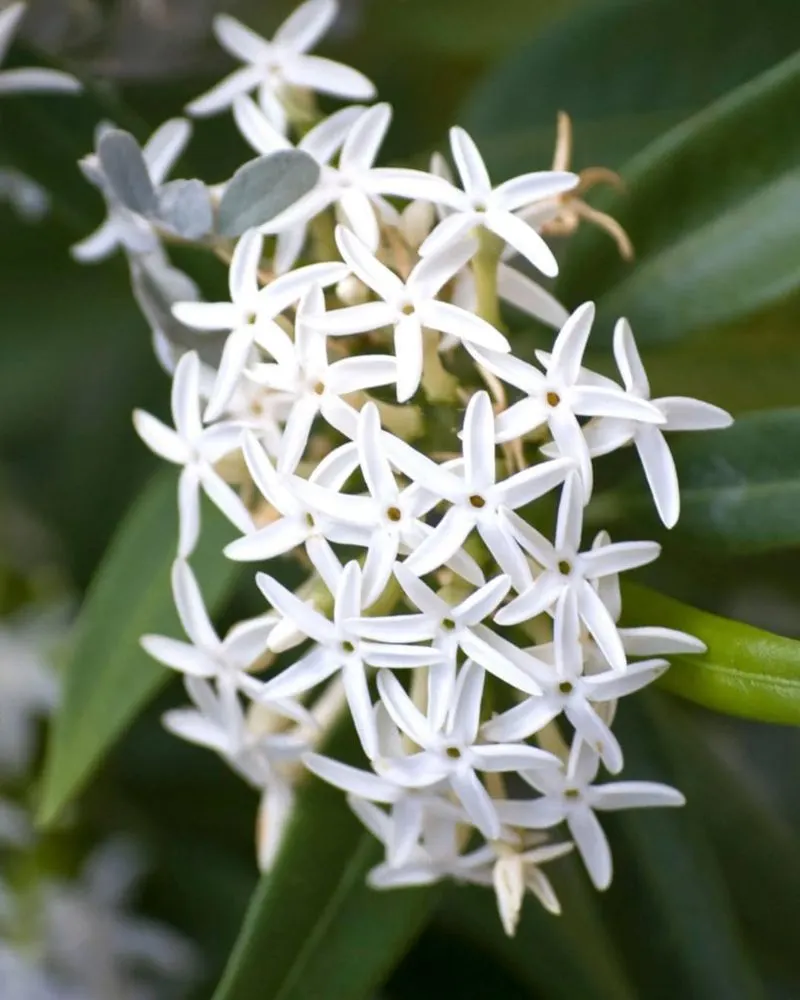
Known for its intoxicating fragrance, night-blooming jasmine is a must-have for evening gardens. These flowers open at dusk, releasing a sweet, heady scent that captivates the senses. Often found in tropical regions, this plant thrives in warm climates. Its small, white flowers are understated during the day but come alive at night. Planting near a patio or window allows the aroma to fill your home. Historically, it’s been used in perfumes, hinting at its long-standing allure. An intriguing fact: despite its name, it’s not a true jasmine. A delightful surprise for any fragrant garden.
Evening Primrose
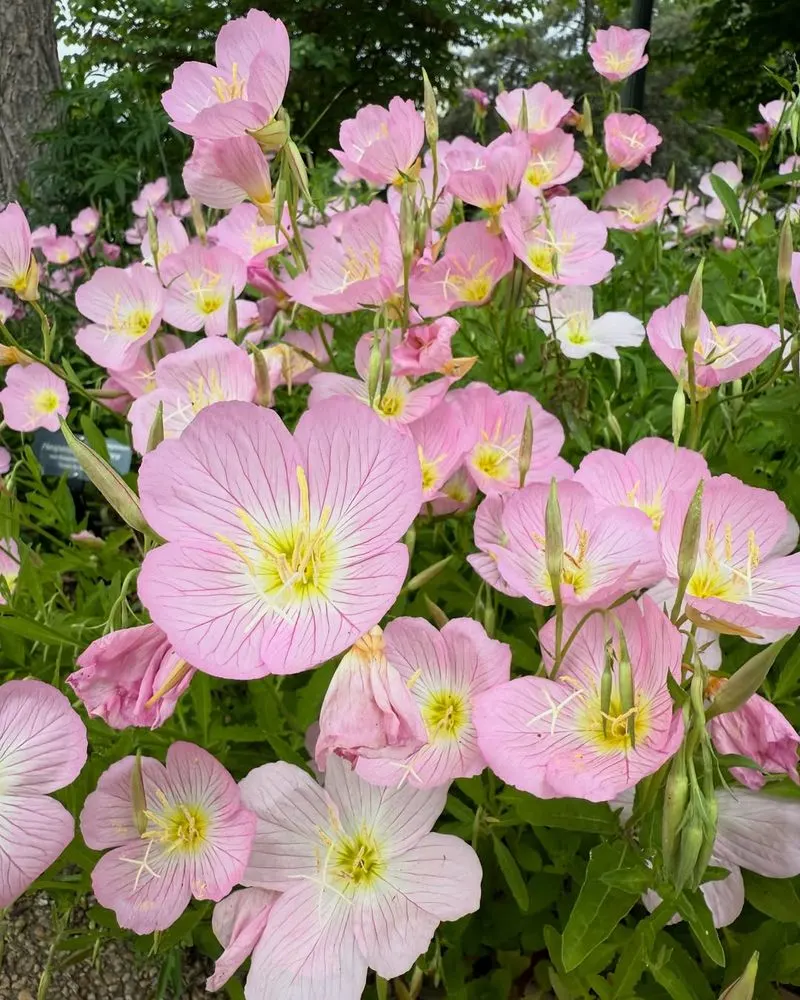
As the sun sets, evening primrose blossoms open to greet the night. These yellow flowers are not only beautiful but also emit a subtle scent that’s both calming and inviting. Native to North America, they attract nocturnal pollinators such as moths. Beyond their ornamental appeal, evening primroses have been used in traditional medicine for various ailments. Their oil, rich in omega fatty acids, is renowned in skincare. This plant’s dual purpose of beauty and utility makes it a cherished addition to any garden. Their gentle glow at night offers a magical touch to outdoor spaces.
Angel’s Trumpet
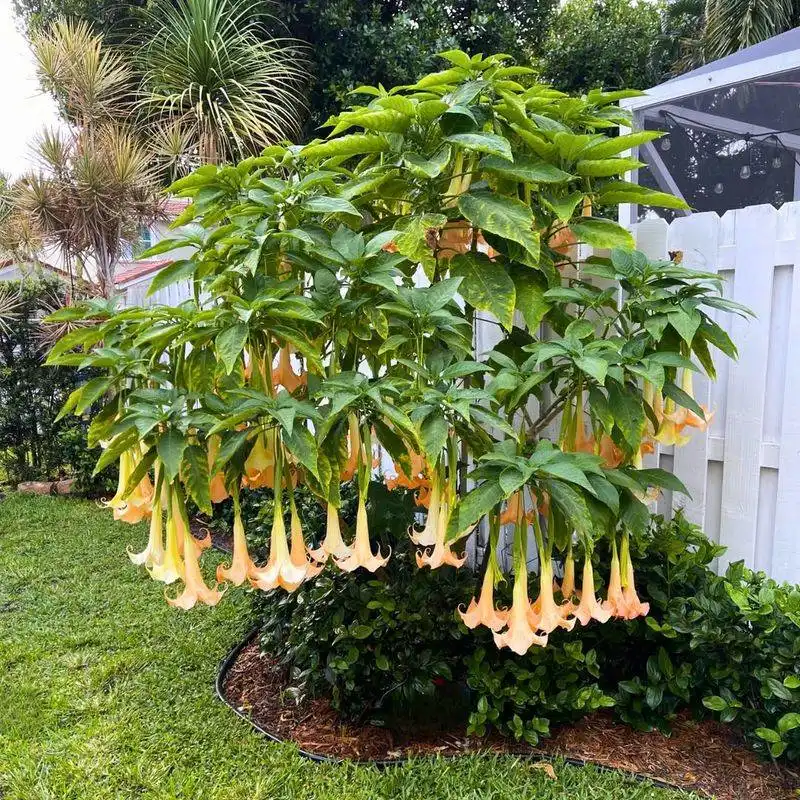
Angel’s trumpet is a dramatic addition to any garden, with large flowers that hang like bells. As night falls, they release a powerful, sweet fragrance that can fill the entire garden. Originally from South America, these plants prefer warm, humid environments. Their striking appearance and captivating scent make them a favorite among plant enthusiasts. However, caution is advised, as all parts of the plant are toxic. Still, the enchanting aroma and visual appeal make angel’s trumpet a remarkable and exotic choice for night-time enjoyment.
Moonflower
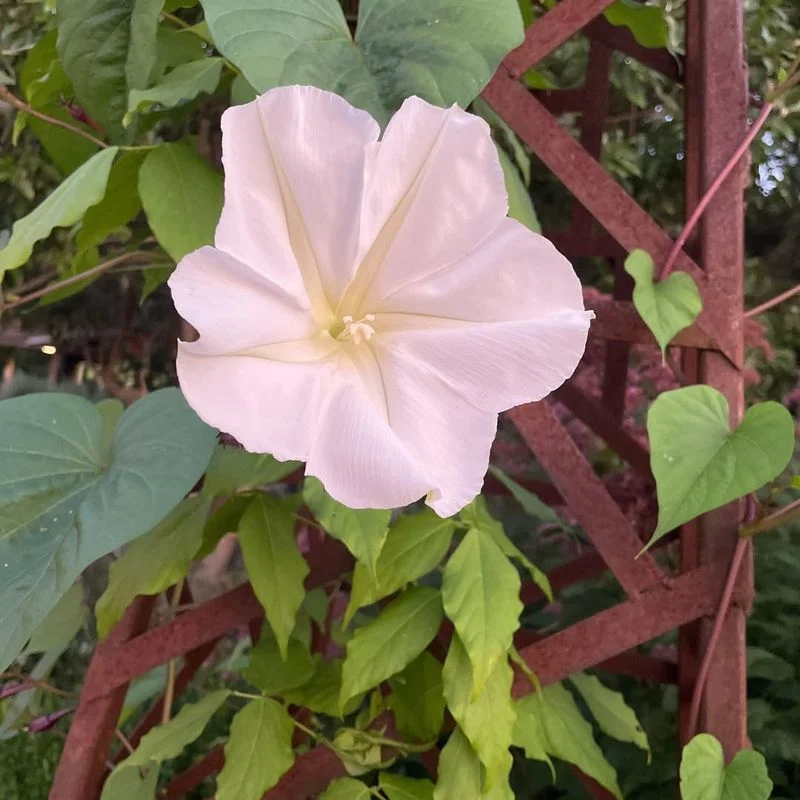
Moonflowers are aptly named for their tendency to bloom in the evening, unfurling large, white flowers that resemble a full moon. The scent is a delicate blend of sweetness and mystery, enchanting those who linger after dark. Popular in many gardens for their ethereal beauty, these flowers can grow rapidly, covering trellises and arbors. Originally from tropical and subtropical regions, they thrive in well-drained soil and full sun. As they bloom, the garden transforms into a serene space, inviting relaxation and reflection. Moonflowers are truly a night garden’s crowning glory.
Night Phlox
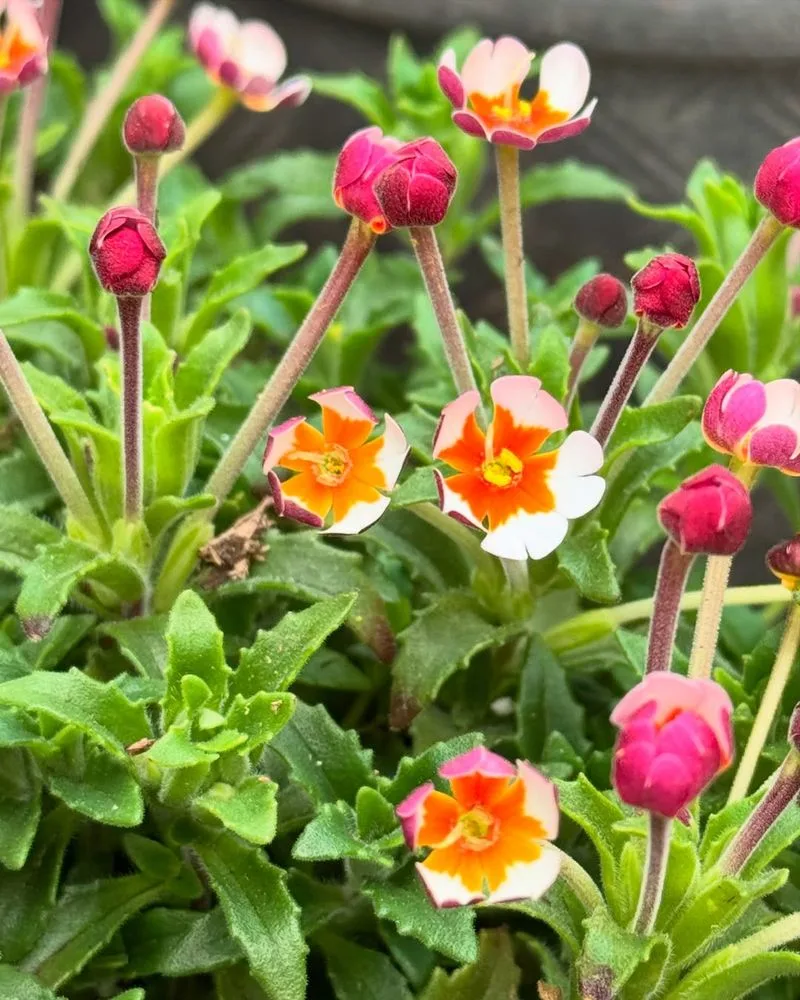
Night phlox, also known as “midnight candy,” releases a sweet, candy-like fragrance as dusk descends. Their star-shaped flowers, in shades of white and purple, add a touch of whimsy to gardens. Hardy and easy to grow, they are ideal for gardeners looking to add evening charm. Originating from South Africa, they prefer sunny locations and well-drained soil. The scent is reminiscent of honey and vanilla, attracting night-flying insects. These delightful blooms offer a sensory treat, ensuring your garden is as inviting by night as it is by day. Perfect for an evening stroll.
Tuberose
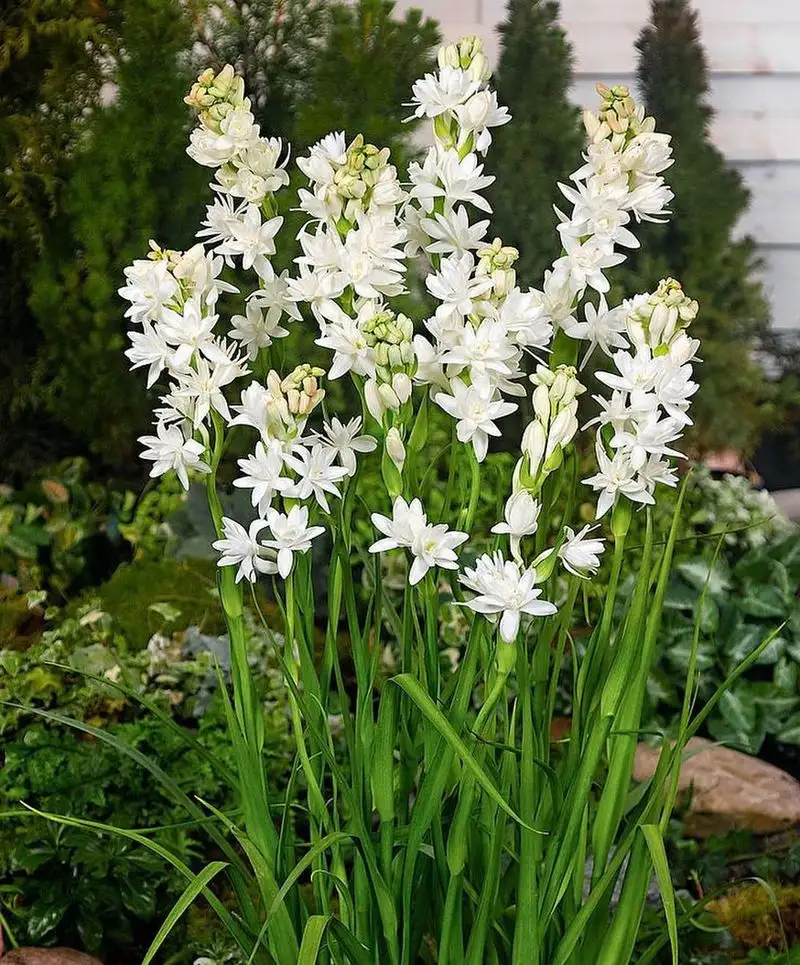
Tuberose is revered for its intoxicating fragrance, often used in luxurious perfumes. The flowers, with their creamy, waxy petals, bloom in white spikes, releasing a scent that intensifies after sunset. Originating from Mexico, tuberose prefers warm climates and well-drained soil. Its rich aroma is both calming and seductive, making it a popular choice for evening gardens. Planting tuberose near seating areas or pathways ensures its scent is fully appreciated. A fascinating fact: it’s been a symbol of forbidden pleasures in some cultures, adding an element of intrigue to its already captivating presence.
Honeysuckle
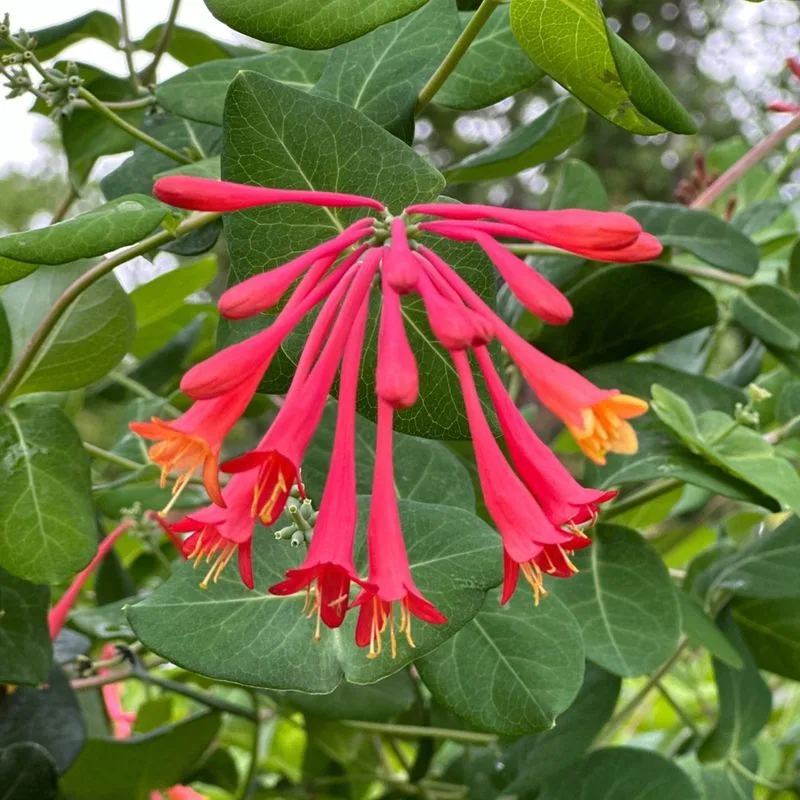
Honeysuckle is synonymous with sweet, nostalgic scents, often evoking memories of childhood. The tubular flowers, available in various colors, emit a delightful fragrance that intensifies as night approaches. Renowned for attracting hummingbirds and moths, honeysuckle is both ornamental and functional. Easy to grow and versatile, it can be trained along fences, trellises, or walls. Originating from temperate regions, it’s a hardy plant that thrives in various climates. Its enchanting scent and charming appearance make honeysuckle a beloved choice for night-time garden allure. Perfect for creating a fragrant escape.
Gardenia
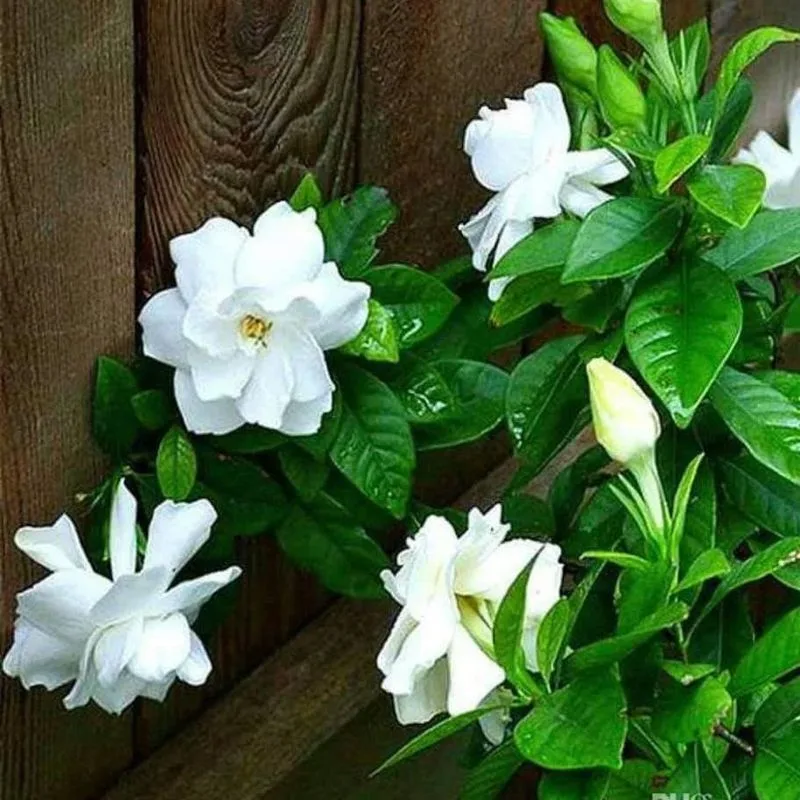
Gardenias are celebrated for their rich, sweet fragrance that captivates the senses. The white blooms, set against glossy green leaves, create a striking contrast, especially in the evening. Native to tropical and subtropical regions, gardenias thrive in humid environments. Besides their beauty, they are often used in perfumes and essential oils. The scent is both romantic and soothing, perfect for gardens meant for unwinding. Whether in pots or planted in the ground, gardenias add elegance and fragrance to any outdoor space. Their timeless appeal makes them a favorite among garden enthusiasts.
Sweet Alyssum
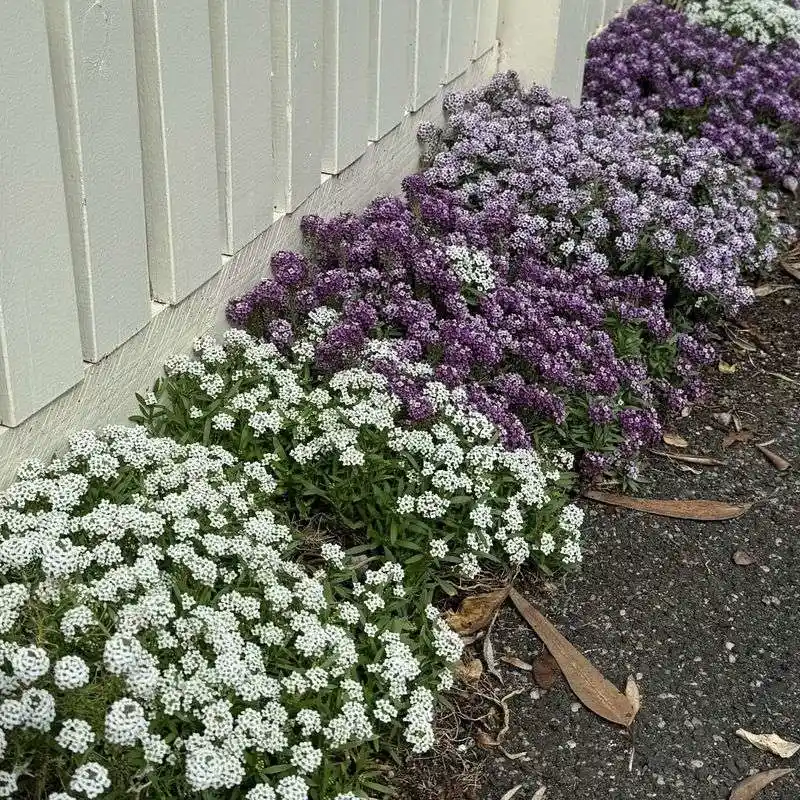
Sweet alyssum is a delightful ground cover known for its delicate, honey-like scent. The tiny, white flowers form dense clusters, creating a carpet-like appearance that softens garden borders and pathways. Ideal for cooler climates, sweet alyssum thrives in full sun and well-drained soil. Its scent is subtle by day but becomes more pronounced in the evening, adding a gentle aroma to any outdoor area. This plant is not only visually pleasing but also attracts beneficial insects. A charming addition to any garden, it provides a sweet, fragrant embrace as night falls.
Four O’Clock
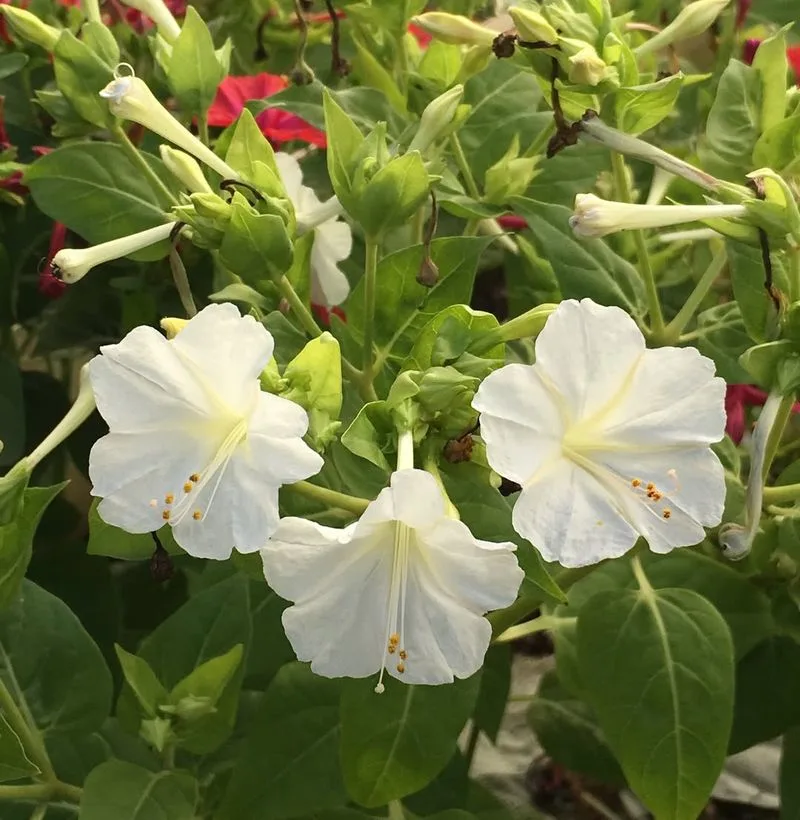
Named for their late afternoon bloom time, four o’clock flowers open as the day cools. Available in a range of colors, they add vibrancy and a sweet, citrusy scent to gardens. Originally from tropical America, these plants are easy to grow and can thrive in various conditions. Their unique feature is the ability to produce different colored flowers on a single plant. The scent attracts hummingbirds and moths, adding life to the evening garden. A wonderful choice for those looking to add color and fragrance to their nighttime oasis.
Star Jasmine
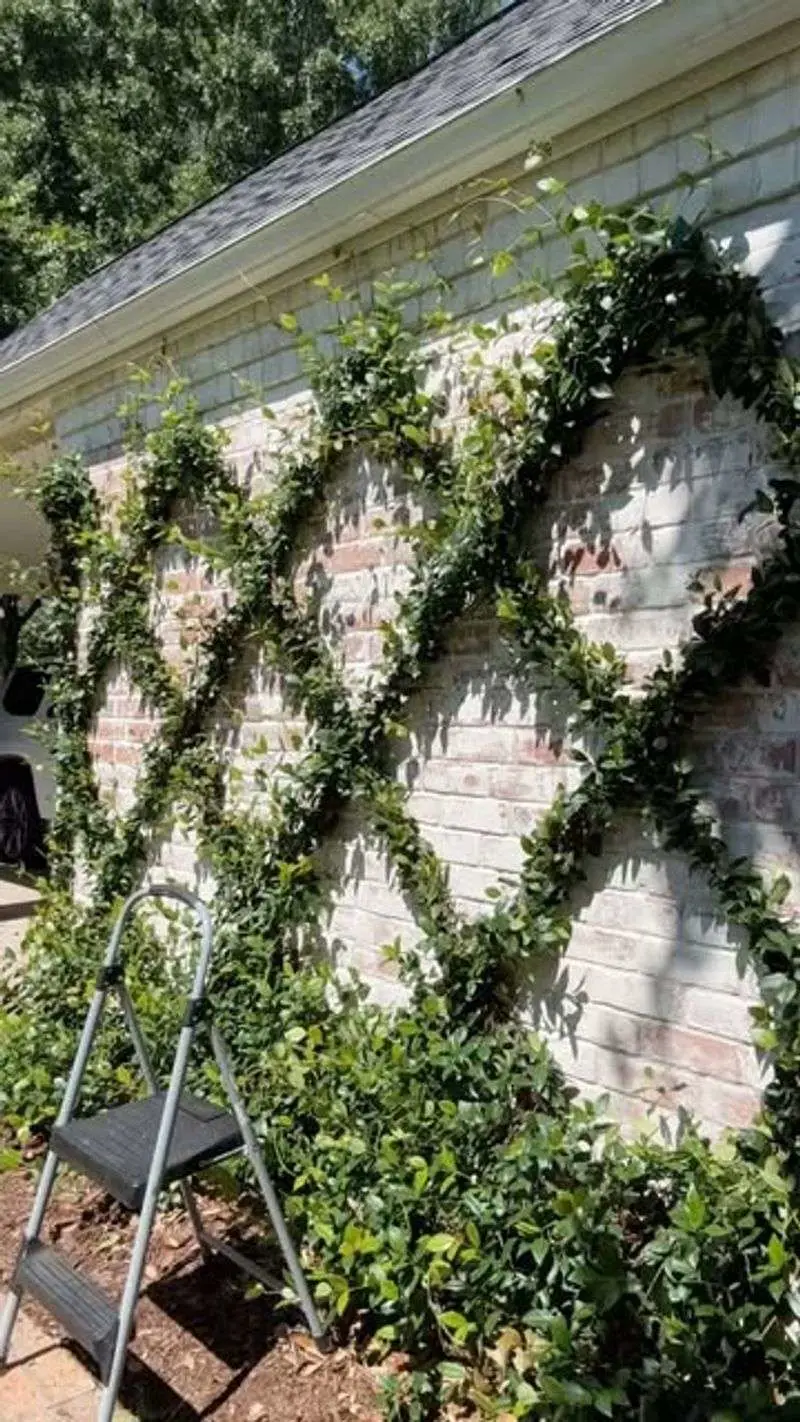
Star jasmine is not a true jasmine but shares its captivating fragrance. The star-shaped, white flowers bloom profusely, releasing a rich scent that intensifies at night. Originating from Asia, this vine is perfect for covering arbors, trellises, or walls, creating a fragrant backdrop for evening gatherings. Star jasmine is hardy and adaptable, growing well in various climates. Besides its scent, the plant is beloved for its glossy leaves and elegant growth habit. It transforms any garden space into a fragrant retreat, making it a favorite among those seeking aromatic delight.
Datura
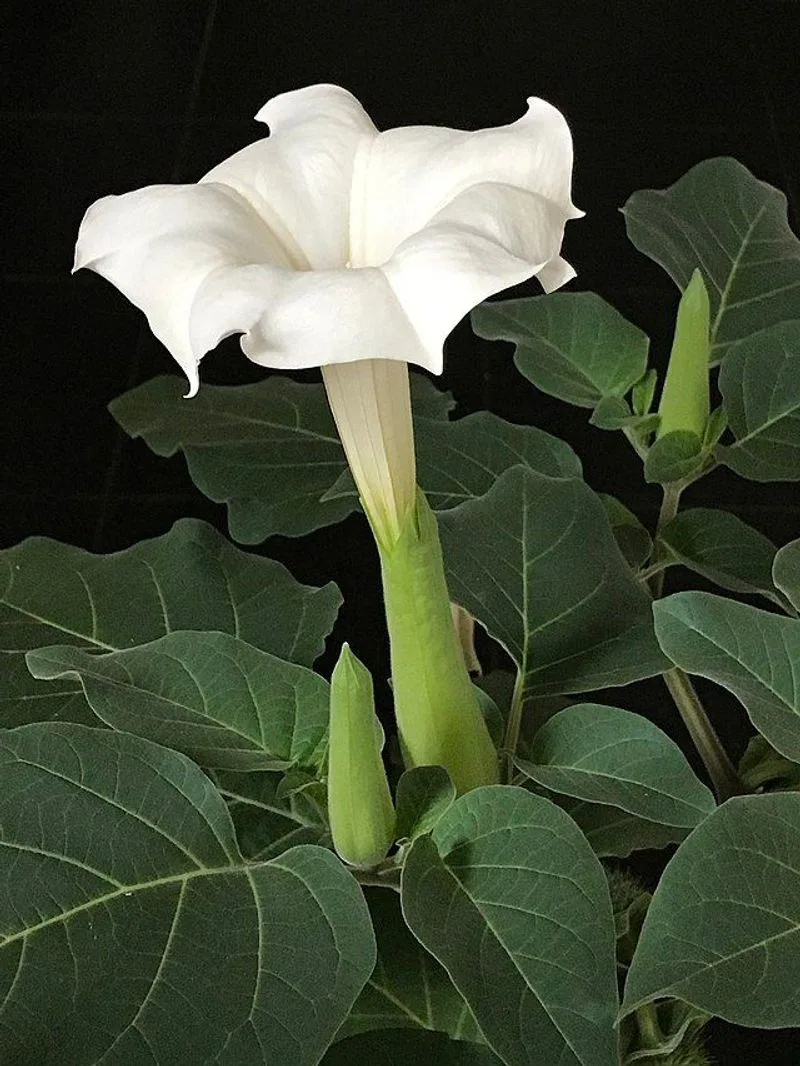
Datura, known for its large, trumpet-like flowers, blooms at dusk, releasing a powerful, sweet scent. These striking flowers are often white or pale purple, adding drama to any evening garden. While beautiful, caution is necessary as datura is highly toxic. Originally found in Central and South America, it thrives in warm climates. The scent attracts night-flying pollinators, adding movement to the garden. This plant’s mysterious allure and intoxicating fragrance make it a fascinating, if careful, choice for night-time gardeners seeking an exotic touch.
Nicotiana
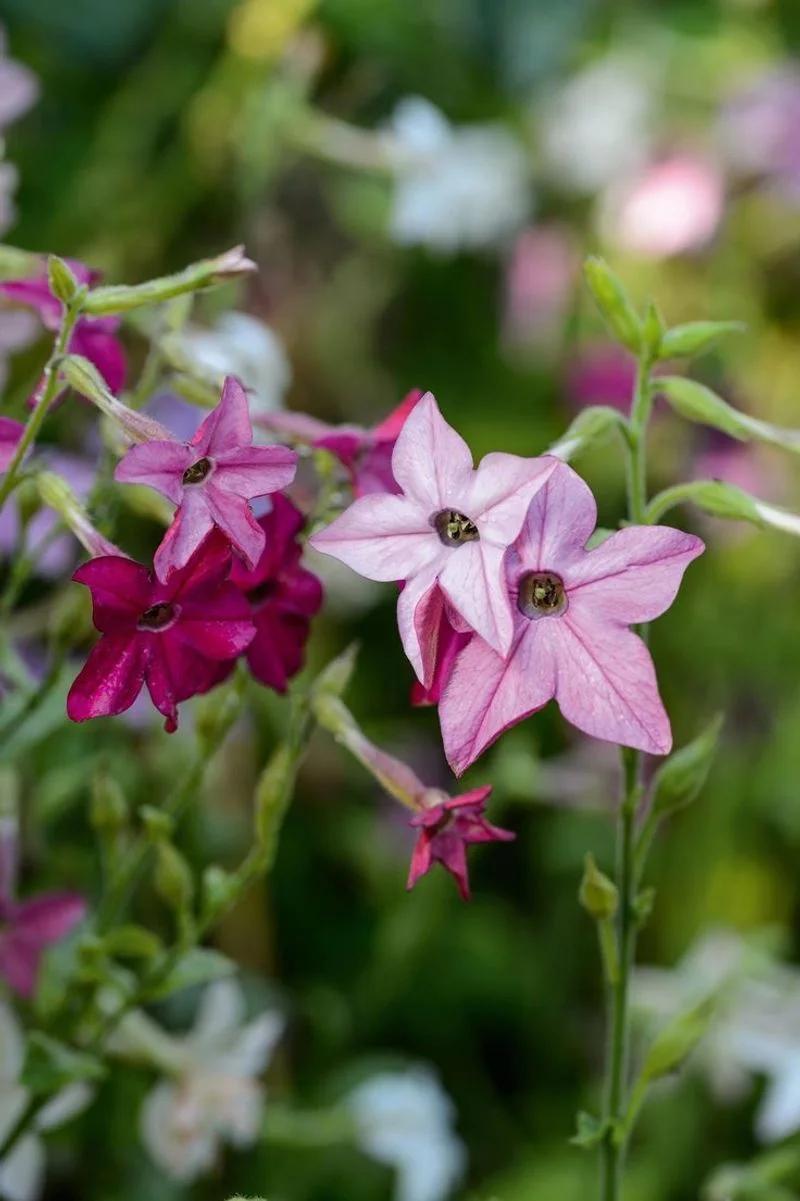
Nicotiana, or flowering tobacco, is a charming addition to evening gardens. The tubular flowers, often white or pink, emit a sweet fragrance that beckons as the sun sets. Originating from South America, nicotiana prefers well-drained soil and full sun. Aside from its scent, the plant is valued for its ability to attract pollinators such as moths. The tender blooms add a splash of color and aroma, creating a welcoming atmosphere. Easy to grow, nicotiana is perfect for gardeners looking to enhance their outdoor space with scent and beauty.
Yucca
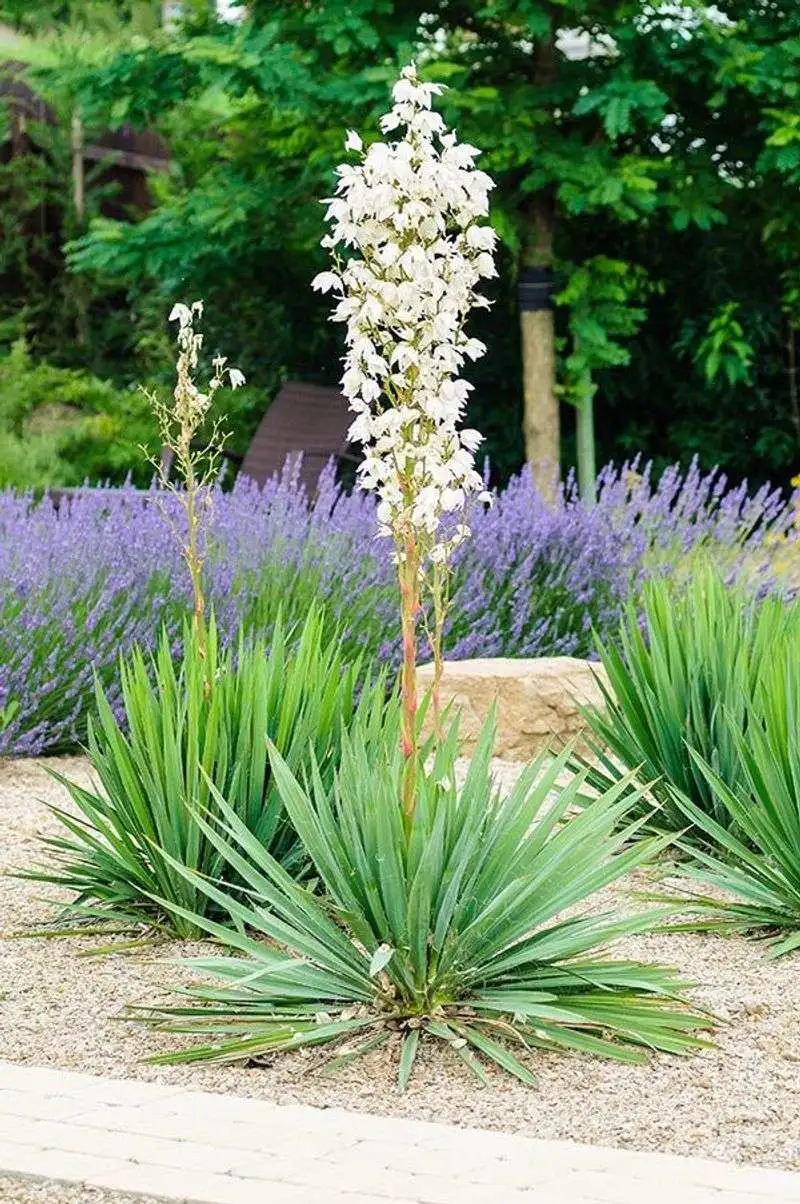
Yucca may not be the first plant that comes to mind for fragrance, but its flowers offer a subtle, sweet aroma. Known for their dramatic, tall spikes and sword-like leaves, yuccas are striking in both form and scent. Native to arid regions, they are hardy and drought-tolerant, thriving in well-drained soil. The flowers bloom at night, adding a unique scent to desert gardens. Yuccas are not only visually stunning but also provide nectar for night-time pollinators. Their understated fragrance and architectural presence make them a distinctive choice for evening landscapes.
Brugmansia
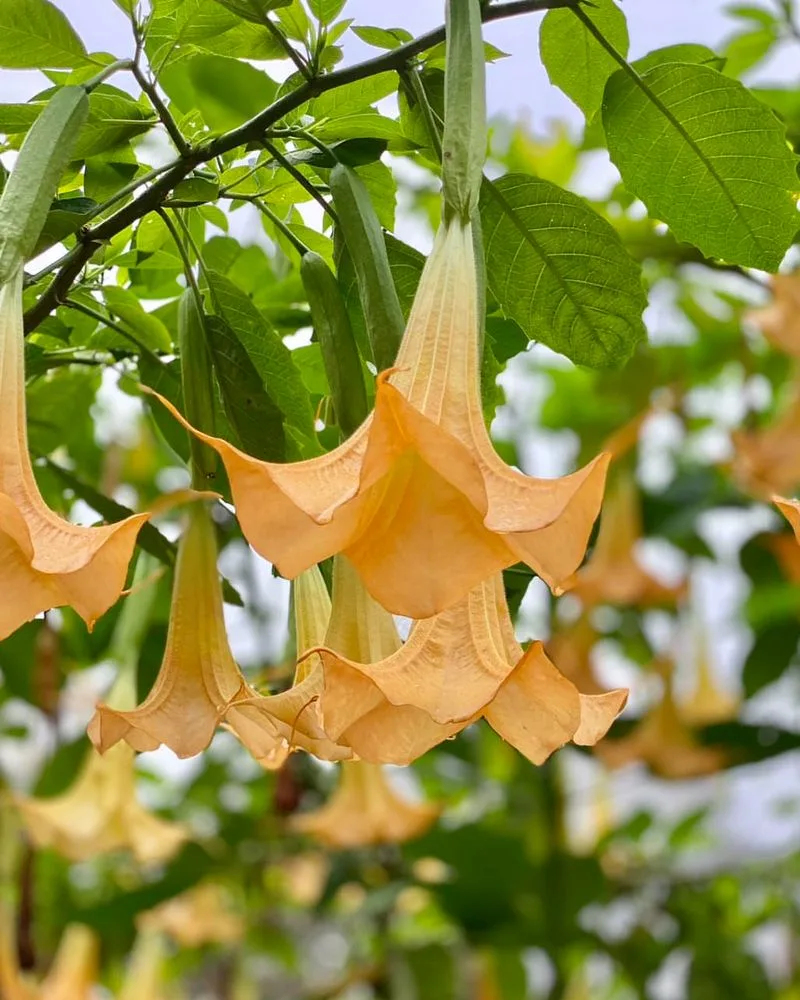
Brugmansia, often confused with datura, is famous for its impressive, pendulous flowers. These blooms are a centerpiece of any garden, releasing a sweet, musky scent as darkness falls. Native to South America, brugmansia prefers warm, humid climates. The flowers can reach immense sizes, creating a visual spectacle. While beautiful, the entire plant is toxic, requiring careful handling. Despite this, its alluring fragrance and exotic appearance make brugmansia a captivating choice for those who appreciate dramatic floral displays. A garden with brugmansia truly becomes an aromatic escape after sunset.

